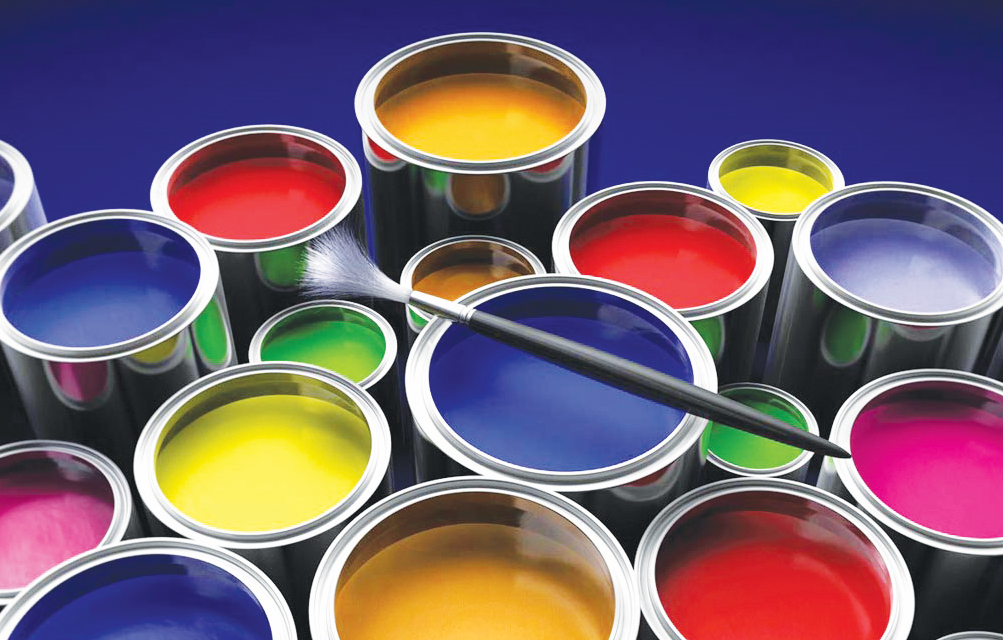More pain for consumers as paint prices set to soar

Consumers are staring at a surge in paint prices by up to 7.5 per cent next week as manufacturers feel the pinch of increased taxes on raw materials and a sluggish economy.
Crown Paints Kenya, a leading paints and coating solutions company is the latest to announce that charges on its premium products will increase by up to 7.5 per cent effective September 1.
This is due to a 15 per cent rise in excise duty just imposed on imported paints, varnishes and lacquers, which are key ingredients and raw materials used in paint manufacturing.
Coupled with high fuel prices, weakening value of the shilling against the US dollar, and a generally feeble economy, paint firms say they will not be able to sustain the current prices and have no alternative but to pass on the additional mark-ups to the consumer.
Product pricing
“Despite our best efforts to absorb these additional costs, the sustained increase in raw material prices has made it necessary for us to adjust our product pricing,” said Crown Paints’ head of sales Mohammed Mateen in a letter to its customers.
Further stating that: “Regrettably, we find ourselves in the position of having to implement a price increase on our paint products, effective September 1, 2023. There will be a 7.5 per cent increase in the prices of our premium paint products and 5 per cent increase in the prices of our economy paint products.”
It is the second time in less than a month the Nairobi Securities Exchange – listed paint maker has announced intentions to hike prices of its products.
It said sustained increase in excise duty, fuel prices, and raw material costs has put considerable strain on its operations, making it necessary for to review the pricing structure. “Effective 15/08/2023, we will be adjusting the prices of some of our products to reflect the current economic landscape,” said the firm’s Rakesh Biswas, head Product Management Group two weeks ago. Paint prices had already risen 10 per cent last year on similar concerns.
The firm increased the price of its products by up to eight per cent in April last year in the wake of a rise in the cost of shipping raw materials, after the cost of importing raw materials more than doubled at the time to Sh567,800 per tonne from Sh227,140 before the outbreak of the Covid-19 pandemic.
Another paint maker, Neuce Kenya, although a small player in the local market and dependent heavily on imports, was one of the first companies to increase prices after feeling the long-term effects of a sluggish economy, with the sinking value of the shilling against global currencies and high fuel a growing concern.
Managing director Nelson Fiuza said apart from foreign exchange, other major factors such as price variance in raw materials, fuel cost, clearing goods, National Social Security Fund (NSSF) and other costs have seen a similar upward spiral.
“Due to these reasons, we will not be able to sustain the current prices and we have no alternative but to further review the prices,” the firm said in a statement sent to customers in June.
One of the primary factors influencing paint prices, according to local players, is the cost of raw materials.
Paint production ordinarily, requires various chemicals, pigments, solvents, and additives, the prices of which can fluctuate based on global market conditions. If there’s a shortage of specific raw materials or if their prices increase, it can lead to higher production costs for paint manufacturers, which may be passed on to consumers.
Dent demand
While he expected the changes to take effect sometime after July, Crown Paints Group CEO Rakesh Rao in a previous interview said he does not expect prices to dent demand, or lead consumers to buy cheaper products or delay renovation projects.
He noted that cost pressures were most likely to stabilise in the months ahead. “Inflation has seen most people’s purchasing power reduced in the last months, and while the demand has been down, we haven’t decided on that just yet (review in prices). We are hopeful that in the second half of the year we will achieve a double-digit growth,” he said in a telephone interview early this month.











